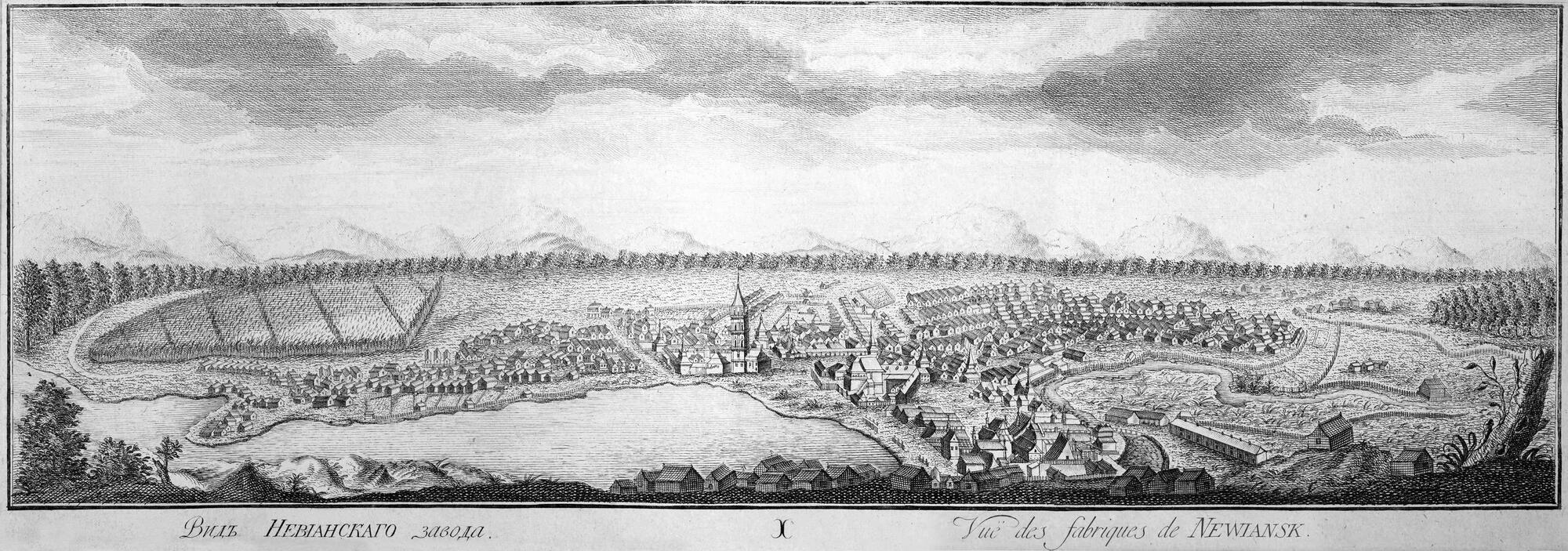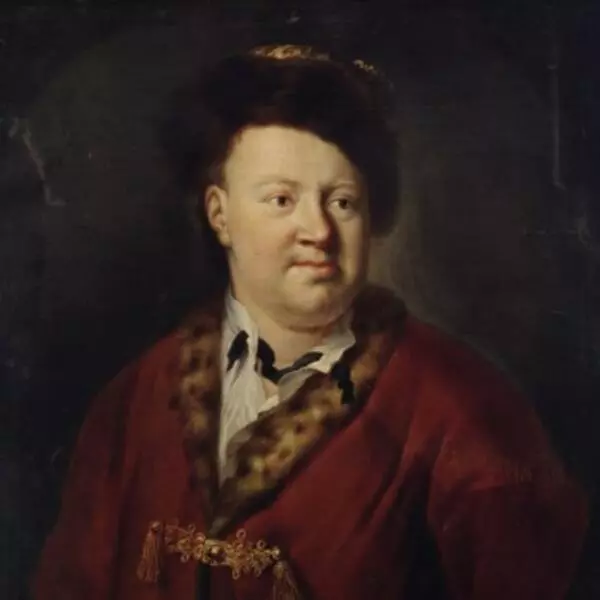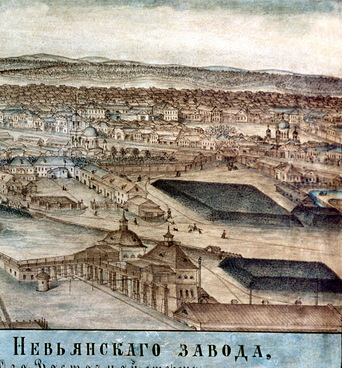On December 15, 1701, the first cast iron was produced at the Nevyansk plant. This date marked the beginning of Nevyansk history. The Nevyansk metallurgical plant was built by decree of Peter I, becoming a symbol of Peter’s reforms in the industrial sector. In March 1702, Peter I granted the new enterprise to the Tula master Nikita Demidov (Antyufeyev). Over the next five years, Nikita Demidov had to reimburse the state 11,887 rubles 95,5 kopecks — those were the costs of the plant’s construction. He managed to pay back in three years, having generated income from providing “military supplies.” Nikita’s son Akinfiy became the actual person to run the Nevyansk plant — later he took up managing other Demidov enterprises that were built in the Urals.
The Demidov iron of the Stary Sobol (literally: Old Sable) brand was in great demand both in Russia and abroad. There were several technological innovations: it was in Nevyansk that the first Russian circular blast furnace was built, and in the middle of the 18th century, the largest blast furnace in the world called the “Tsar-Blast Furnace” was producing record-breaking amounts of cast iron. From the very first years of its existence, the plant produced cast iron artworks. One of the first Russian “scythe” factories producing sickles and scythes was opened in the neighboring Byngovsk plant. The Nevyansk plant was a real school for talented craftsmen who came from other Ural enterprises to learn the secrets of the profession.
The creation of an artificial reservoir — a pond — was of great importance for the construction of the Nevyansk plant. The pond was needed to supply the workshops with water. The main principle of choosing the location for the Nevyansk plant was placing the production buildings in the immediate vicinity of the dam and the water pipeline called the “lar”.
In the center of the plant there was a stone Leaning Tower, a wooden manor house and the Church of the Transfiguration. The factories were surrounded by a wooden fort with seven turrets and three carriageway gates. There was a road leading from one of the gates to the Sulemskaya pier on the Chusovaya River — factory products were sent annually along the river with the spring caravan. Behind the fort there were wooden houses of artisans on both sides.
In the background of the picture, on the slopes of the Ural Mountains, there is a sparse forest, most of which was cut down for charcoal.





